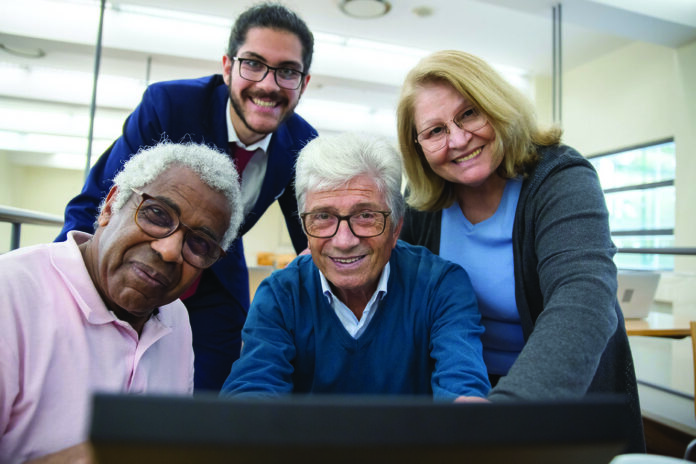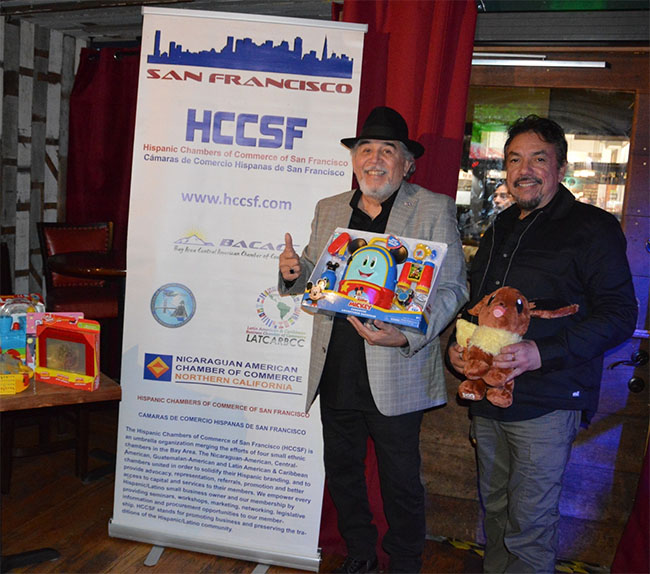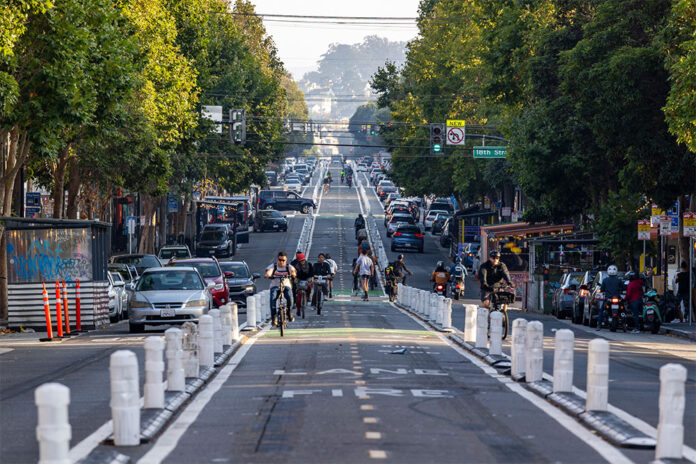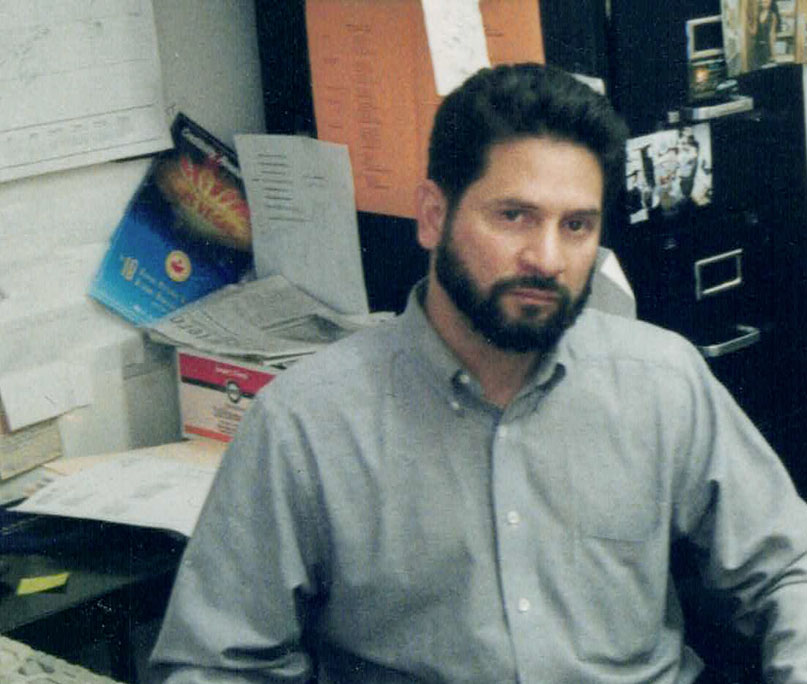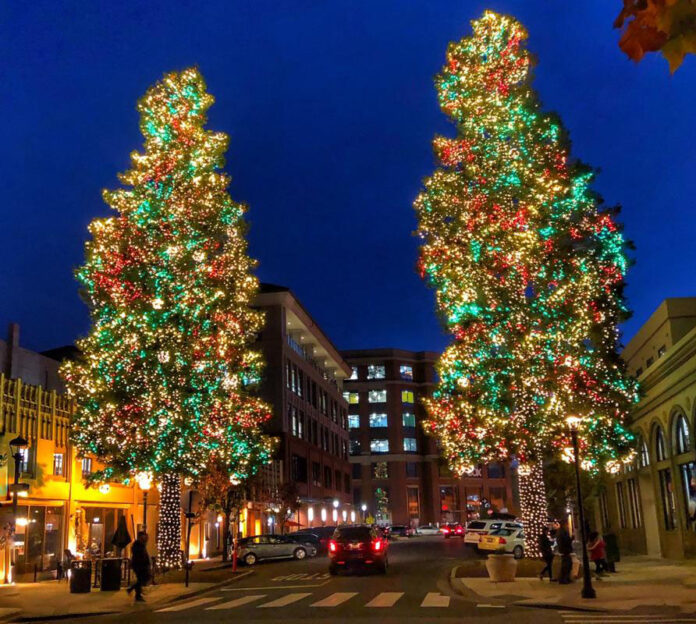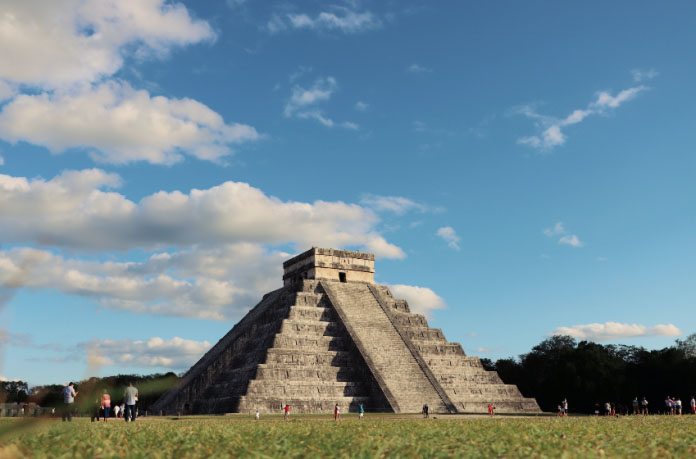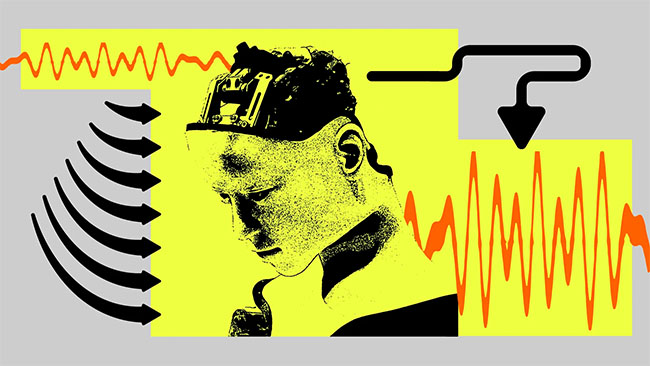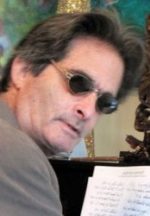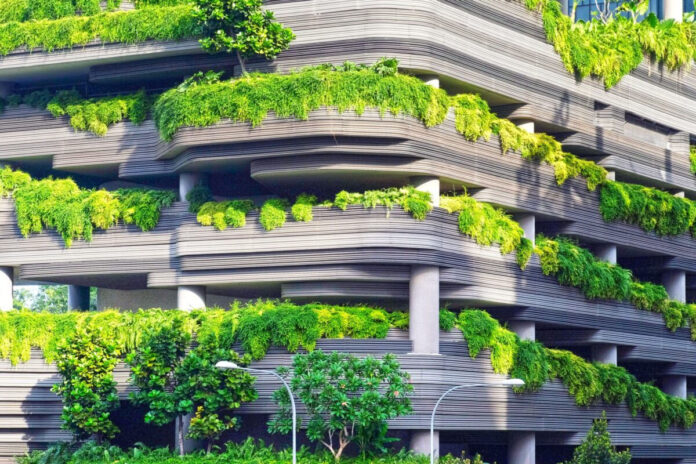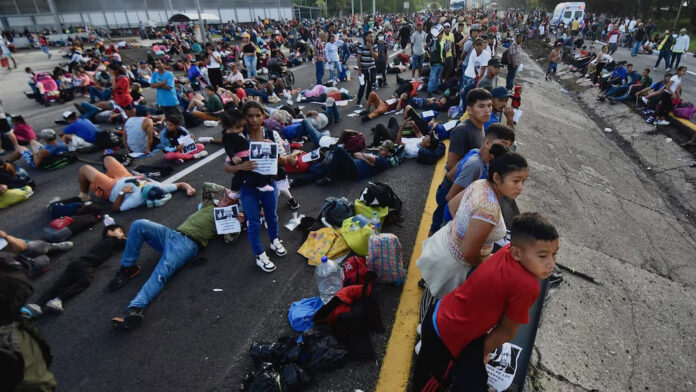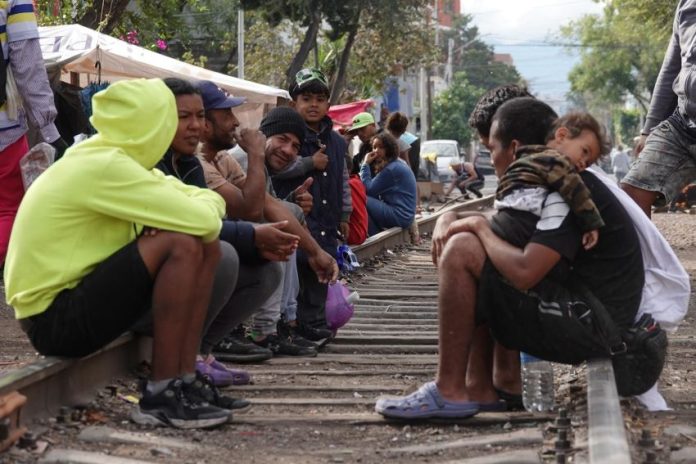Content sponsored by JPMorgan Chase & Co.
Whether you’re just entering the workforce or plan to stop working in a few years, it’s never too early – or too late – to save for retirement.
Ideally, retirement planning and saving should start as soon as you get your first paycheck, but it’s easy to focus on more pressing expenses in your 20s, 30s and 40s, like paying for a house or raising children. By your 50s or 60s, however, you might feel you haven’t saved enough to avoid worrying about financial security in retirement.
There’s always time to make changes. Consider these options to protect your assets, build credit, and maintain and grow your investments for a financially worry-free future.

Start with the basics
No matter your age or current financial status, the following steps are the foundation of most retirement plans.
– Begin with a 401(k). If available, consider joining your employer’s retirement plan, like a 401(k). You can set up automatic deposits each pay period, and many employers will match your financial contributions, giving you more funds for the future.
– Consider opening an IRA. Find out if you’re eligible for an individual retirement account (IRA) and consider contributing what you can. You can have an IRA in addition to an employer-based plan.
– Put your money to work. A general investment account has the potential to grow your savings even more.

– Play catch up
Understanding your current financial picture and planning for benefits, like Social Security and pensions, are important steps to figuring out how much income you may have in retirement.
If you’re nearing your projected retirement date and you don’t think you have enough saved to maintain your current or desired lifestyle, here are a few considerations to help get you in a better position.
– Make catch-up contributions. Many tax-advantaged retirement savings accounts, like IRAs and 401(k)s, allow catch-up contributions for people 50 and over. That means you can contribute more than the government-set maximum each year, up to a certain amount, to make up for what you didn’t contribute in the past.
– Make sure you have adequate insurance. In addition to making sure your life insurance is current, look into long-term care and disability insurance before you retire to save money on future health care costs.
– Consider your home equity as part of the equation. If you plan to remain in your home, a home equity line of credit may be another option to fund certain expenses in retirement. If you choose to downsize to a smaller home, it may free up cash in your home’s equity for you to use.
– Tap other sources of income and equity. Do you have taxable brokerage accounts or other general savings? Include these funding sources, if you have them, when projecting how much you’ll have in retirement.
– Keep working. A growing number of people are working in semi-retirement and developing portfolios that produce passive income. Some might continue working full-time for longer than planned to build more savings. If you can generate enough income and are able to wait until age 70 to claim Social Security, it may allow you to maximize benefits over your lifetime.
Make a plan
No matter your current financial situation, set aside some time to review your options. There are many helpful tools, including articles, calculators and financial advice from professionals, to help you craft a roadmap to transition to your years in retirement.
Planning for your unique situation may help you get closer to where you want to be in retirement, even if you don’t feel that you’re there yet.
For more information and online retirement articles, tools and calculators, visit chase.com/retirement.

